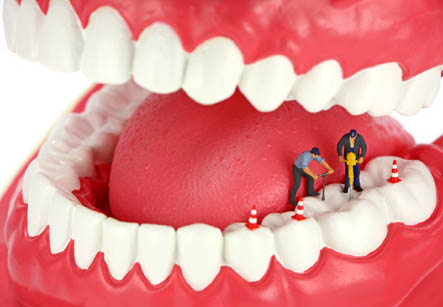Root Canal
Introduction
Root canal treatment is a dental procedure that is opted for or advised if a tooth is badly decayed or infected. The term literally means treatment of a narrow tubular canal that lies within the tooth. A tooth has a cavity in its center that carries a pulp containing a nerve fiber. It is this fiber that when irritated by infection, swelling, inflammation of gums that leads to tooth ache. The nerve is not important for the functioning of the tooth.
In cases such as these without root canal treatment the tissues and gums around the tooth may become infected and there may be formation of painful abscesses.
Common indications for root canal treatment include severe tooth ache on chewing or on pressure, long term sensitivity to heat or cold temperatures. Blackening or darkening of tooth or a swelling or pain in the gums may also be indications for root canal treatment.
Iran offers a superior Dental treatments that is world best quality. For patients from the USA, and Europe for example, the savings can be 60% or more

Surgery Procedure
Root canal treatment may take one or more visits to the dentist or an endodontist. An endodontist specializes in diseases and injuries of the human dental pulp or the nerve of the tooth. As an initial measure an X ray of the tooth is needed to see the root or pulp of the tooth and the amount of damage.
Root canal treatment is usually performed under local anesthesia wherein an injection or spray is used to numb the operative area. A rubber sheet is placed around the operative tooth to keep it dry and a sucker draining tube is placed in the oral cavity to remove salivary secretions.
Thereafter a hole known as the access hole is drilled into the tooth. The pulp and the damaged tissues and the nerve are removed through the hole. A through cleaning of the cavity is mandatory to prevent recurrent infections. This is done using root canal files that are used of increasing diameters to scrape out last of the damaged tissue from the canal. In between each scrape the canal is washed or rinsed with water or sodium hypochlorite solution. Once clean the canal is sealed. This may be done after one week of the initial cleaning. If there is an infection the initial sealing is done with an antibiotic.
Alternatives to root canal treatment include extraction of the tooth and restoration using dental implants, bridges or dentures.
The outline of the incision is delineated in upright position. The skin over the face and neck is first cleaned with an antiseptic lotion and then sterile surgical drapes are placed over it. Usually fine incisions are made in front of the earlobe along the hairline extending below and to the back of the head. Once the incision is made the underlying muscles and tissues are separated from the skin. The manipulations of shortening the excess and loose skin are done thereafter.
The shape of the face may also be altered by removal of underlying fat. Depending on the extent of correction the surgery can take anywhere from 2 to 6 hours.
Small drains are placed in the suture lines once the tightening of the skin of face and neck is done to drain the excess fluid and blood. The incision is then sutured and bandaged.
Recuperation and post operative complications
At the next office visit a sealer paste and a rubber compound called gutta percha is used to fill in the canal. This is followed by restoration of the tooth by placing a crown over the treated tooth. Root canal treatment is usually not as painful as it is made out to be. However in case of pain, medications may be prescribed. A root canal treatment does not require a day’s inactivity and patients may resume their daily activities on the same day of the operation.
Root canal therapy is very successful and the fixed tooth may have a long life with proper care and oral hygiene.
Some complications of root canal treatment may include failure of detection of a crack in the roof of the tooth, an unclean tooth leading to further recurrent infections. The inner sealant past may break down and there may be further infection within the tooth. Alternatives to root canal treatment include extraction of the tooth and restoration using dental implants, bridges or dentures.